13 People Whose Unbelievable Transformations Made Us Do a Double Take


Lactose intolerance is way more common than most people realize. While many associate it only with stomach troubles, it can affect your body in unexpected ways — from breakouts and brittle nails to constant bloating and even strange skin reactions. In this article, we’ll walk you through 8 subtle (and not-so-subtle) signs your body might be trying to tell you that dairy just isn’t your friend.
CONTENT IS PROVIDED FOR INFORMATIONAL PURPOSES ONLY AND IS NOT INTENDED AS A SUBSTITUTE OF MEDICAL ADVICE.
SEEK GUIDANCE OF YOUR DOCTOR REGARDING YOUR HEALTH AND MEDICAL CONDITIONS.
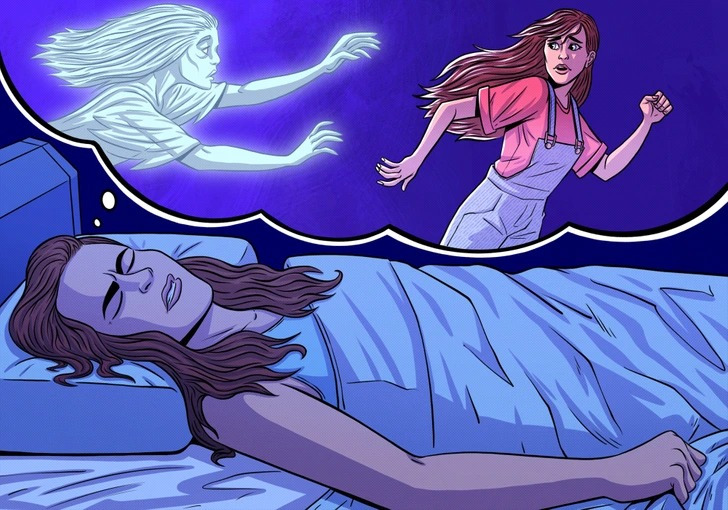
Some people notice that they have strange or disturbing dreams after eating dairy products at night. This might be because the body struggles to digest lactose while sleeping, causing discomfort that affects sleep quality. As a result, the brain becomes more active, leading to nightmares or unusually vivid dreams. Of course, this doesn’t happen to everyone, but if you often have bad dreams after that late-night cheese snack — dairy could be the reason.
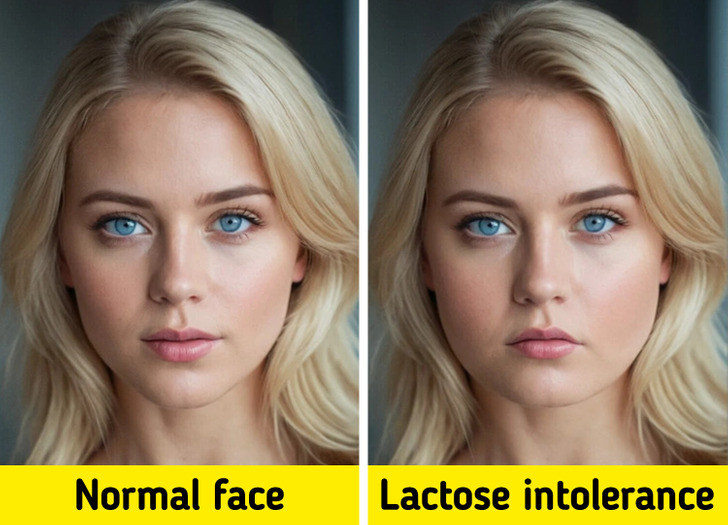
Dairy allergies don’t just affect your stomach — they can also cause problems in other parts of your body, like your skin and lungs. Some common signs include:
In babies, there can also be blood in the stool.
In more serious cases, people might experience anaphylaxis — a dangerous allergic reaction. This can cause the throat to swell and make it very hard to breathe. Anaphylaxis usually starts a few minutes after eating something you’re allergic to, but sometimes it can happen later.
If this happens, it’s an emergency. Use an epinephrine shot if you have one, and call for help or go to the nearest hospital right away. Don’t wait — fast treatment can save lives.
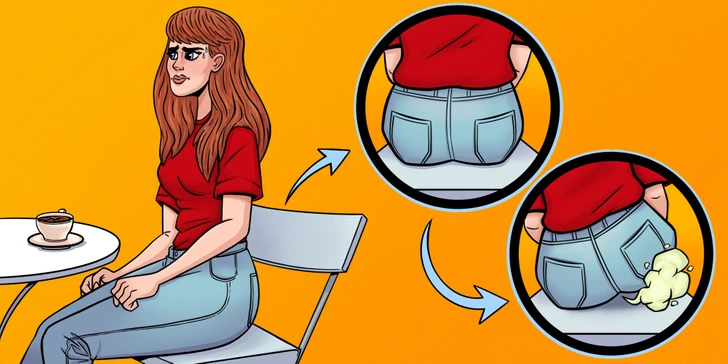
When your body can’t fully digest lactose in the small intestine, it moves into the colon instead. There, gut bacteria break it down, creating gases like hydrogen, methane, and carbon dioxide. This process leads to common lactose intolerance symptoms — including bloating and gas (flatulence).
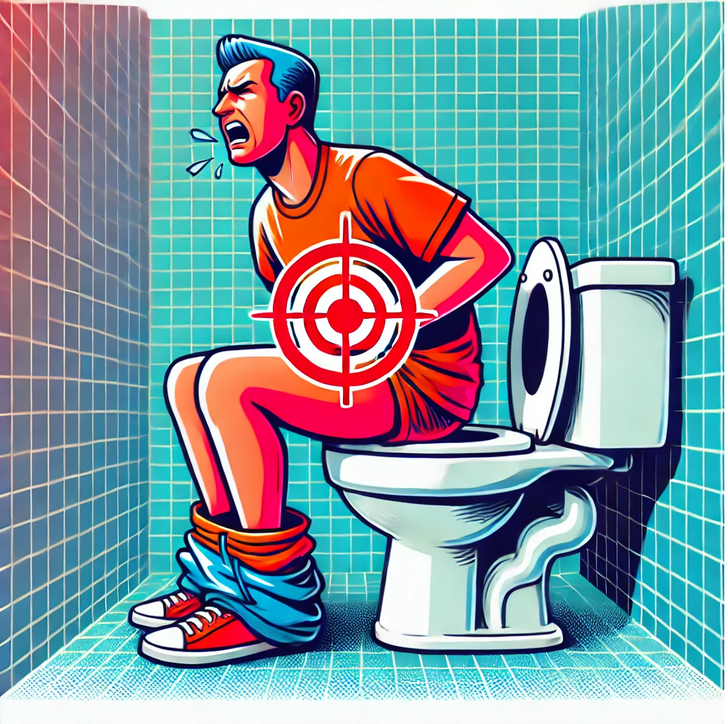
Lactose intolerance happens when your body can’t easily digest lactose, the sugar in milk. This often causes stomach problems like diarrhea after eating dairy. It’s not dangerous, but it can be really uncomfortable.
But not everyone with lactose intolerance gets diarrhea. Some people—especially those whose gut makes more methane—may get constipated instead. Studies show that methane can slow down how food moves through your system, which leads to constipation in about one-third of people with lactose intolerance.

People with this condition may notice dry or peeling skin, stubborn acne, or rashes that resemble eczema. Weak, easily broken nails or nails that grow unevenly can also be a clue. These signs often appear because the body has trouble absorbing important nutrients—like calcium and certain vitamins—when it can’t properly digest lactose.

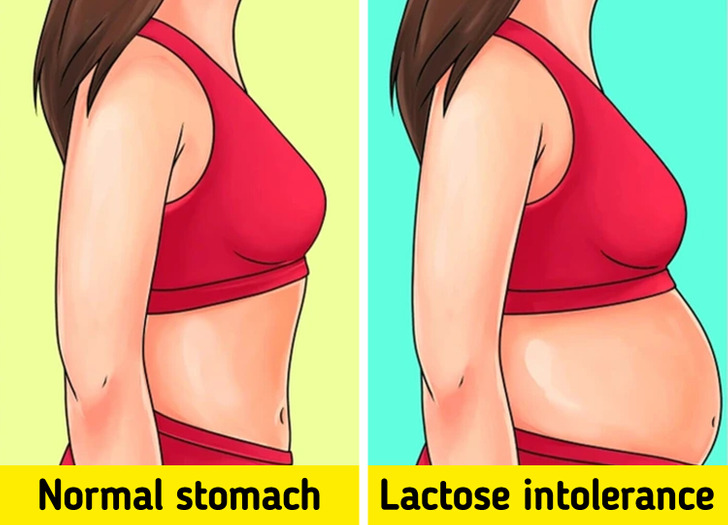
Bloating is a common sign of lactose intolerance in both kids and adults. It happens when the body can’t fully digest lactose — the natural sugar in milk and other dairy foods. This is usually because there isn’t enough of an enzyme called lactase, which helps break down lactose into smaller sugars the body can absorb.
When lactose isn’t digested properly, it moves to the large intestine (colon), where bacteria break it down. This process creates gas, which causes bloating, discomfort, and other stomach problems.
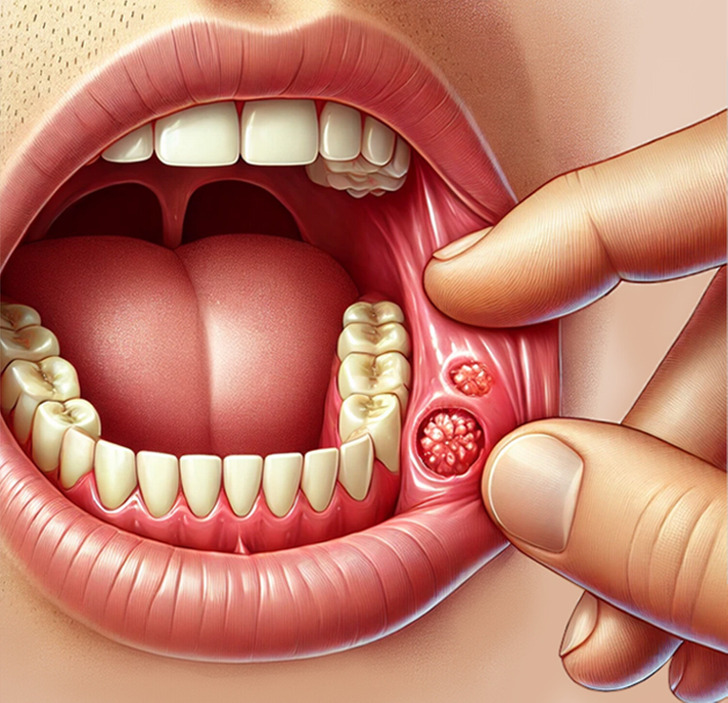
Some people with lactose intolerance say they’ve had other symptoms too — like headaches, feeling tired, trouble focusing, joint or muscle pain, mouth sores, and even skin problems like eczema.
Dairy foods like milk, cheese, and yogurt may be linked to painful mouth ulcers (also called canker sores). Experts think that certain proteins in cow’s milk might cause an immune reaction in some people, leading to these sores.
If you often get mouth ulcers, it might help to stop eating dairy made from animal milk. Try switching to plant-based options like soy milk, oat milk, or vegan cheese and see if it makes a difference.
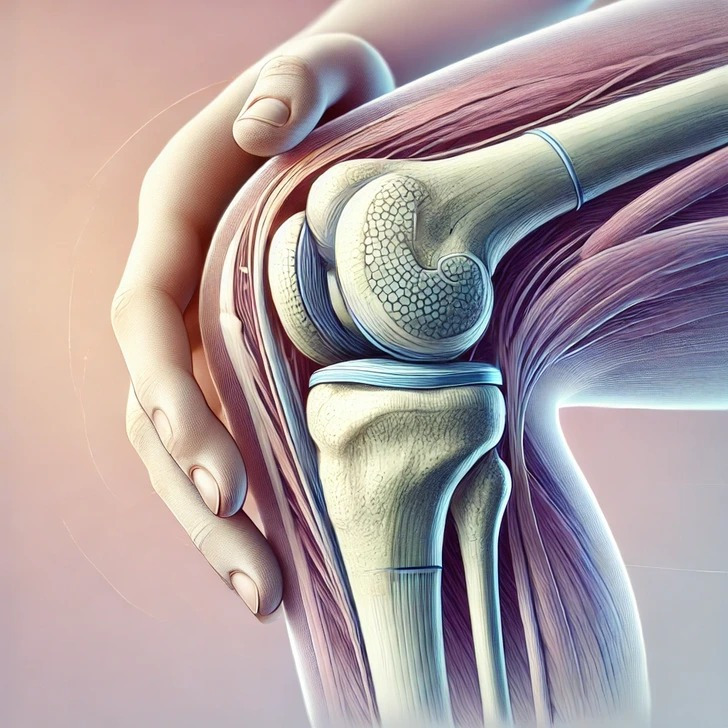
Lactose, the sugar in dairy products, isn’t always well tolerated by the body. While some people naturally lose the enzyme lactase needed to digest lactose, even those who can process it may experience side effects beyond digestion.
When lactose is poorly broken down, it can disrupt the gut microbiome, elevate blood sugar levels, and contribute to systemic inflammation. This inflammation may manifest as muscle and joint pain, making dairy a potential trigger for discomfort. Whether due to digestion issues or metabolic effects, reducing lactose intake could help minimize inflammation-related pain.
Here you can learn how your feet can reveal important things about your health.











